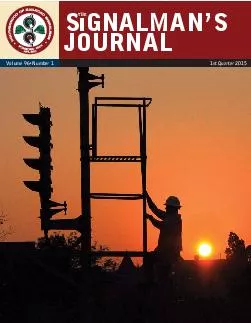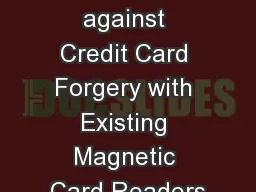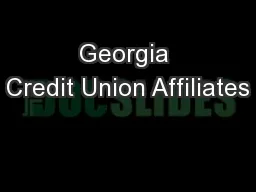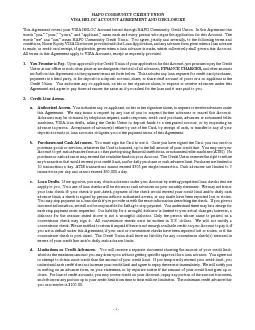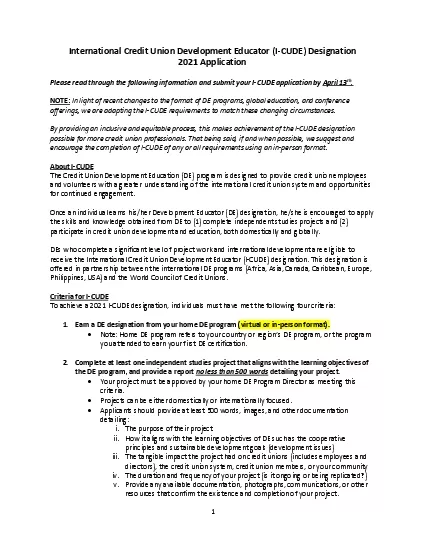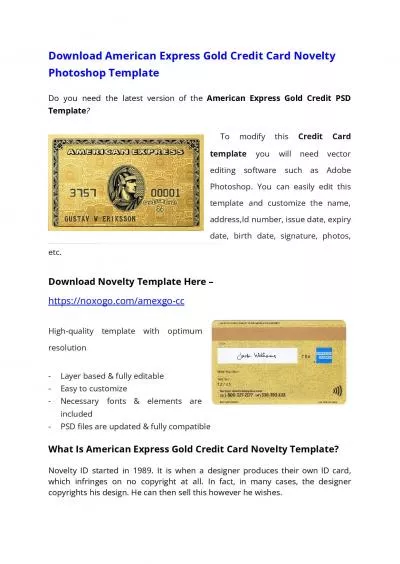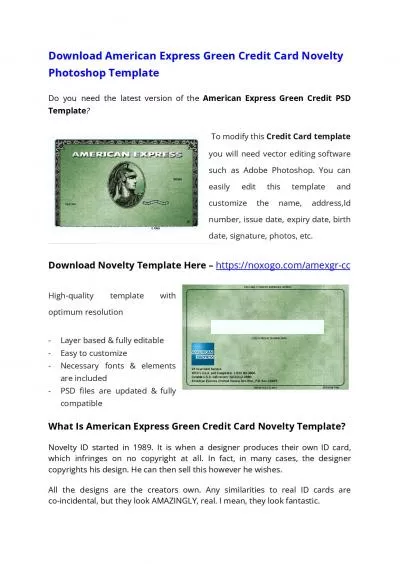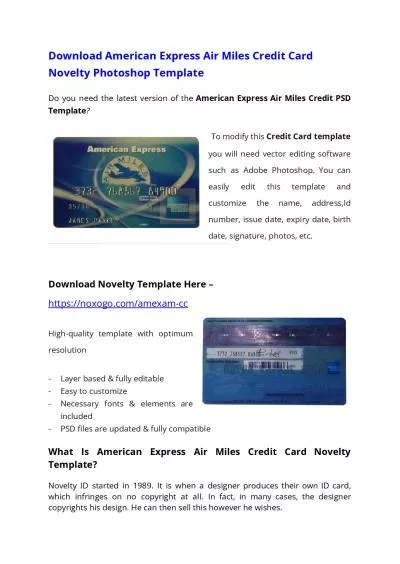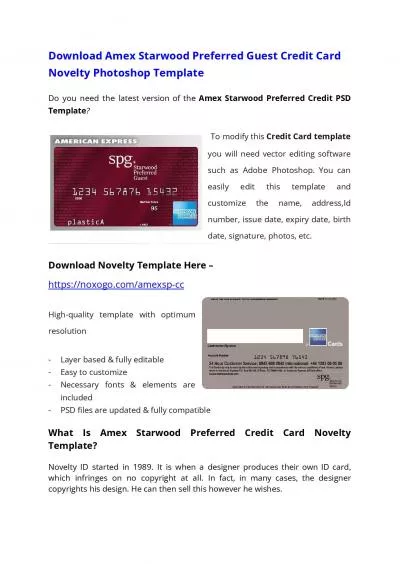PDF-UnionCardApply.comThe Union Plus Credit Card program is one of the 40
Author : yoshiko-marsland | Published Date : 2016-08-01
S JOURNAL THE 1st Quarter 2015 Volume 96 Assistance benets for eligible cardholders including job loss strike disability and Low intro APR for 12 months 247 USbased
Presentation Embed Code
Download Presentation
Download Presentation The PPT/PDF document "UnionCardApply.comThe Union Plus Credit ..." is the property of its rightful owner. Permission is granted to download and print the materials on this website for personal, non-commercial use only, and to display it on your personal computer provided you do not modify the materials and that you retain all copyright notices contained in the materials. By downloading content from our website, you accept the terms of this agreement.
UnionCardApply.comThe Union Plus Credit Card program is one of the 40: Transcript
Download Rules Of Document
"UnionCardApply.comThe Union Plus Credit Card program is one of the 40"The content belongs to its owner. You may download and print it for personal use, without modification, and keep all copyright notices. By downloading, you agree to these terms.
Related Documents

